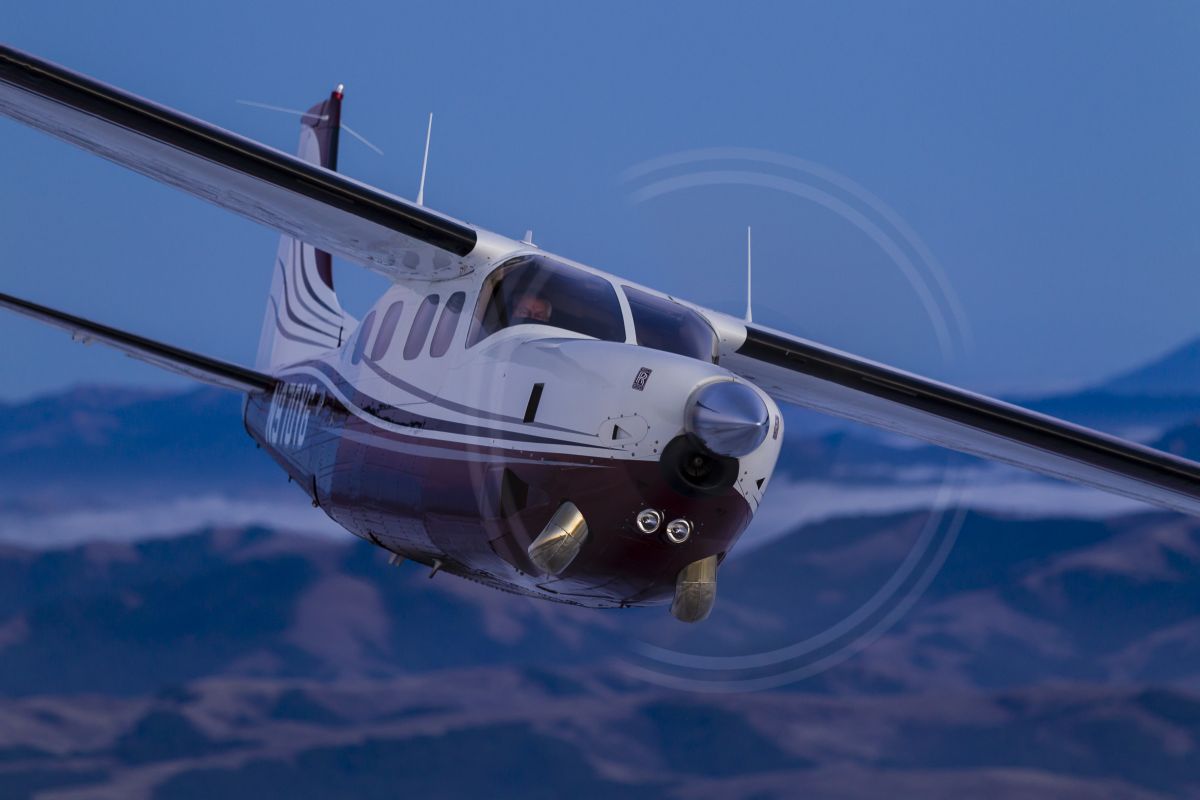Top 5 factors that affect your aircraft financing loan terms
6th September 2018
By Adam Meredith

When it’s time to secure financing for your aircraft purchase, the lender looks at more than just your income and credit history. When financing an aircraft, the aircraft itself determines some of the conditions of the financing. Here are the top factors that an aircraft financing company examines.
Usage: A financing company wants to know you are buying the right airplane for your needs—not more than you need or can handle. The lender also wants to know how you will use your airplane (personal, business, or commercial). Buying a single-engine airplane for occasional short flights will net different terms than buying a workhorse airplane that will be flown 50 hours a month in all conditions for commercial purposes. An aircraft for personal use will get different terms than an aircraft to be used by a flight school or charter outfit (commercial). That’s because the more an airplane is used, the more it depreciates—there’s also more wear and tear on the airplane, especially with student pilots. The financial institution is your airplane’s co-owner, so it’s important to them that their asset retains its value.
Age, make, and model: Generally, the older an airplane, the fewer the financing options. Age is much more limiting when buying a turbine airplane or piston twin and will affect your loan terms. Because turbine airplanes and piston twins depreciate more quickly than piston singles, the length of these loans is typically shorter, and more money down is typically required. When you have selected an airplane for purchase, the lender will examine the specs of the airplane and compare it to the value stated in one of two pricing digests, Vref or Aircraft Bluebook (similar to Kelley Blue Book for cars). In most cases, lenders will lend on the airplane’s purchase price or the pricing digest value, whichever is lower.
The aircraft’s panel is an added factor. Avionics equipment drives value of existing airplanes more than ever before. A good airframe with vintage avionics is hard to sell and thus hard to finance. Preparing for the Automatic Dependent Surveillance-Broadcast Out mandate can be expensive. If the airplane being considered has not had updated avionics installed, its value is lower, and the lender must account for that. Engine time and condition has always been a key value, and still is, but the expense of avionics renewal is of equal importance now in establishing lending value. And avionics depreciate quickly in value so the updates must be recent. Values usually depreciate on new avionics to zero after three years.
History: The more comprehensive information you can supply the lender about your airplane, the better your chances of securing good terms for your loan. For example, you need to know all the specs of your airplane, be able to supply photos, and show its maintenance history and damage history, if any. Being able to supply a well-documented, timely maintenance history will help you. If the seller is unable or unwilling to provide you with this history, that should be a red flag—reconsider your purchase. Also, many lenders will not lend on aircraft with certain types of damage history or incomplete logs, thus limiting your financing options.
Down payment: When financing an aircraft, a down payment is required. Most common is a down payment ranging from 15 percent to 20 percent. If you have exceptional credit, you may be able to provide a 10-percent down payment. There are no zero-down payments in aviation. The higher the down payment, the longer term of the loan (if you so choose).
Loan amount: Lenders are interested in loaning a minimum of $50,000 for an aircraft purchase. While there are options for borrowing less, the loan will usually require more down and shorter terms as well as a higher interest rate. Conversely, the higher the loan amount, the more options available and thus the lower your interest rate should be.
AOPA Aviation Finance works with a group of lenders who are all a bit different to fit the various financing needs of members. Rather than working with a commercial bank with no knowledge or appreciation of airplanes, the team at AOPA Aviation Finance can help.

AOPA Finance Team
Knowledgeable and friendly aircraft finance professionals you can trust to find the best terms for your financing needs. Our goal is to make aircraft ownership more affordable and accessible to pilots.